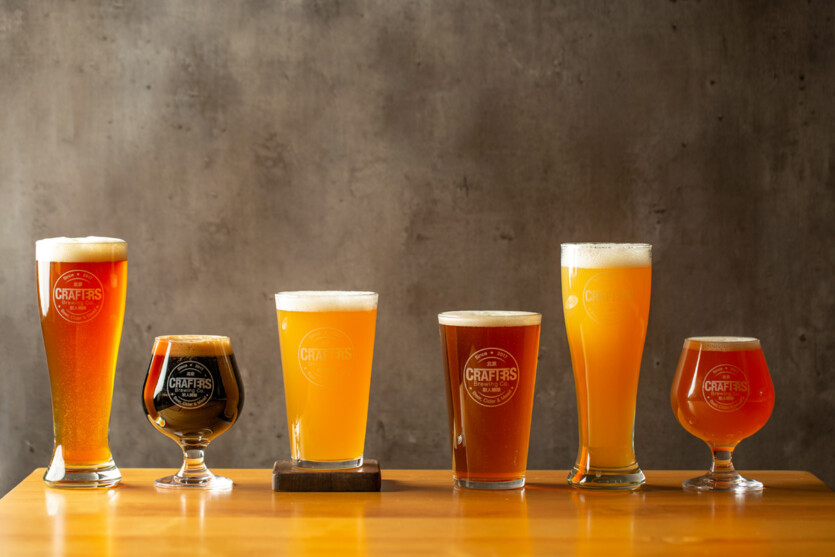
One of the underestimated challenges of modern science is keeping beer as cold as possible during leisurely consumption. It seems that a scientist has invented the optimal glass shape for this.
Claudio Pellegrini from the Federal University of São João del Rey in Brazil has developed a mathematical model that determines the optimal glass shape for keeping beer cool.
The aim of the study was to minimize the heat transfer into the beer. of course, you can use insulating materials or glass handles to reduce contact with warm hands. But a rather elegant solution is to change the design of glassware without using additional elements.
The main challenge is to find a shape that minimizes heat transfer while still keeping the design practical for normal use.Part of the problem is to understand the rate at which heat is transferred into glass of a given geometry and then design a shape that reduces this rate
Pellegrini starts by modeling a glass with a curve that rotates around a vertical axis to form a «body of revolution» with a specific base radius, height, and ratio between the base and the top opening. It assumes that the base is insulated, that the fluid has the same temperature and composition, and that the glass has negligible thermal resistance. All this ensures that the main factor determining heat transfer is the shape of the container.
Using this approach, Pellegrini discovered the perhaps obvious fact that the optimal beer glass has a narrow base and gradually widens towards the top, allowing the user to drink comfortably. Indeed, the researcher says that some traditional beer glasses already have these characteristics: «Brazilian tulip», «imperial pint», and «American pint».
However, Pellegrini’s approach has some limitations. The optimization algorithm works for specific values of the base radius, glass height, and base-to-opening radius ratio. But it does not determine the best configuration of these values. So the solution is a family of shapes with relatively small differences.
Of course, there are other factors that determine the shape of a glass. For example, the size and shape of the top of the glass determines the amount of foam that is created during pouring. And since foam traps odor molecules, it affects the sensations while drinking. For example, Belgian beer is served in specially shaped glasses to create a unique experience. This very serious research is published on the preprint site arXiv.org.
Source: Discover


Spelling error report
The following text will be sent to our editors: